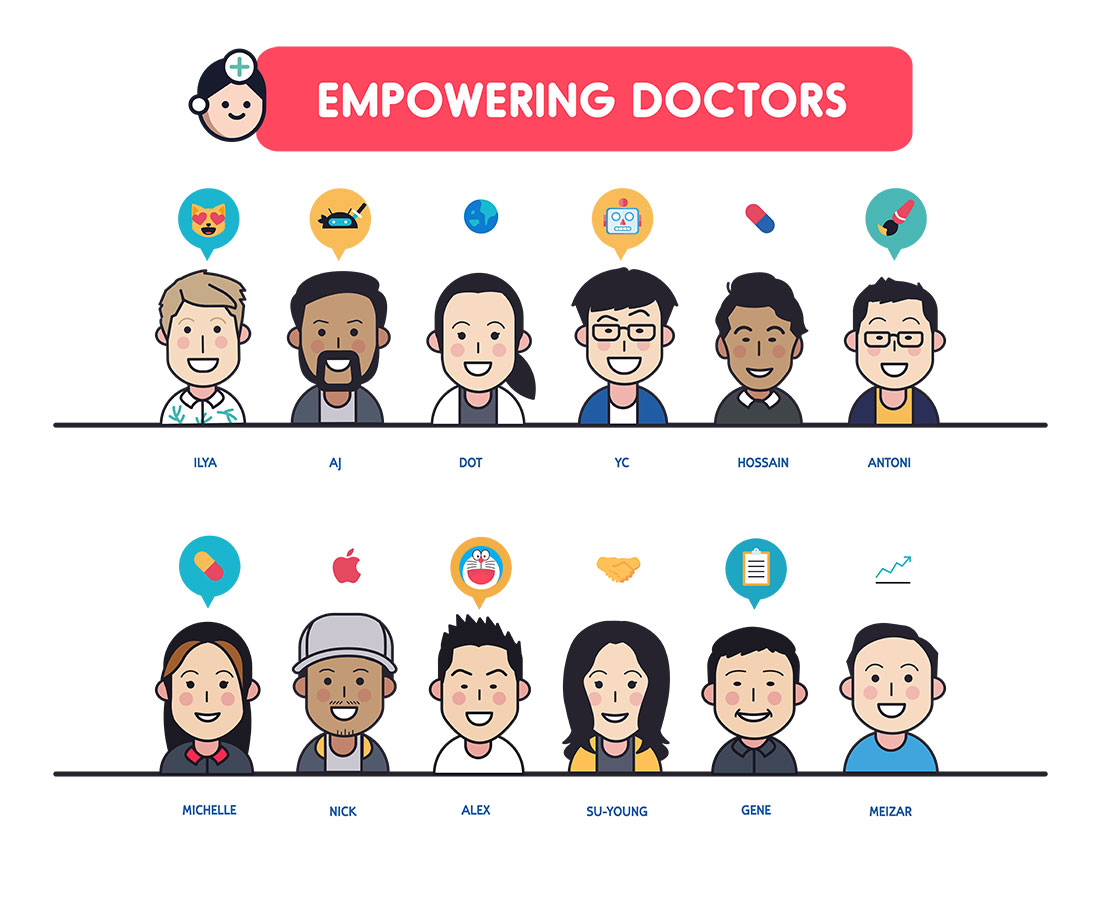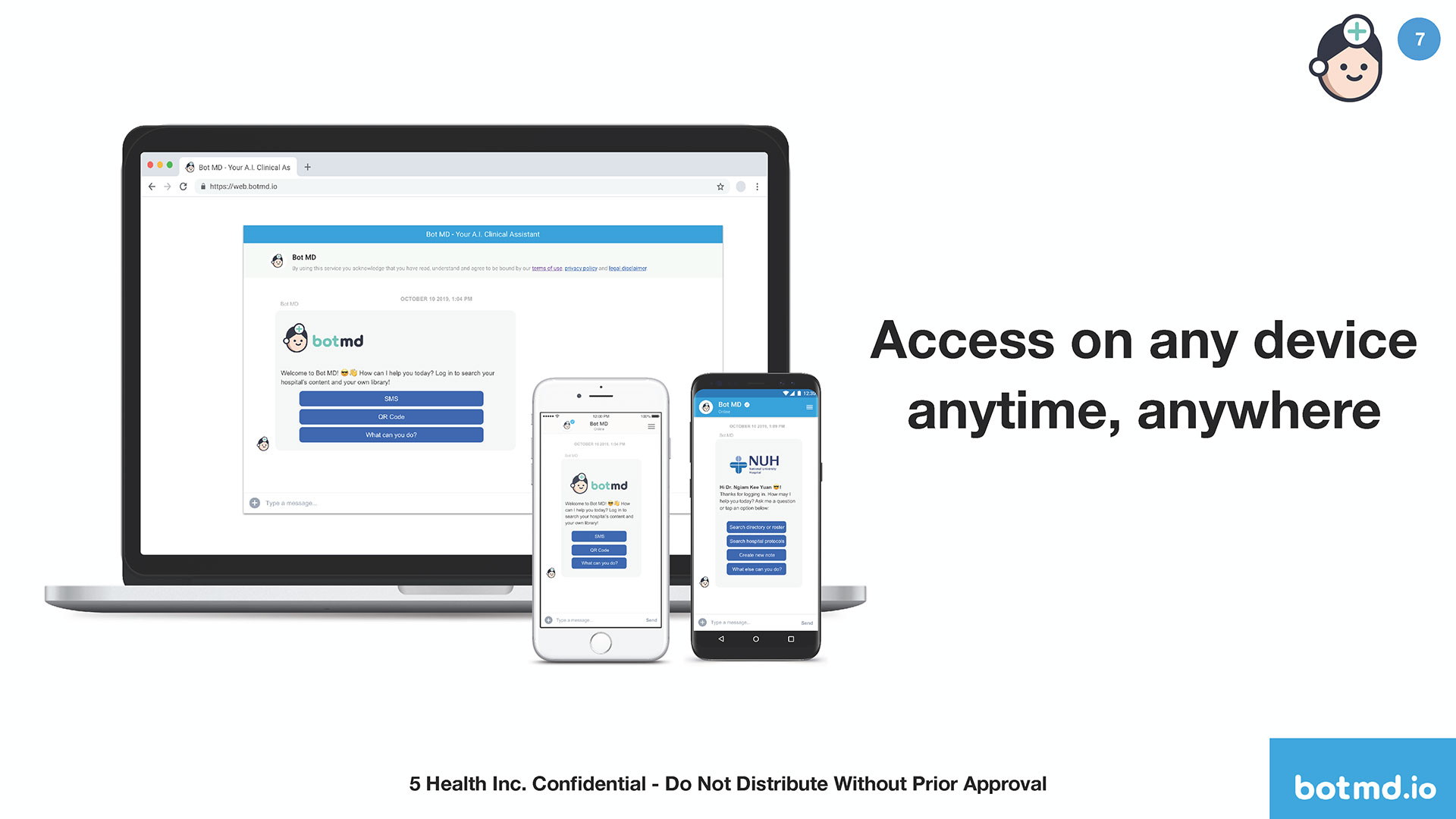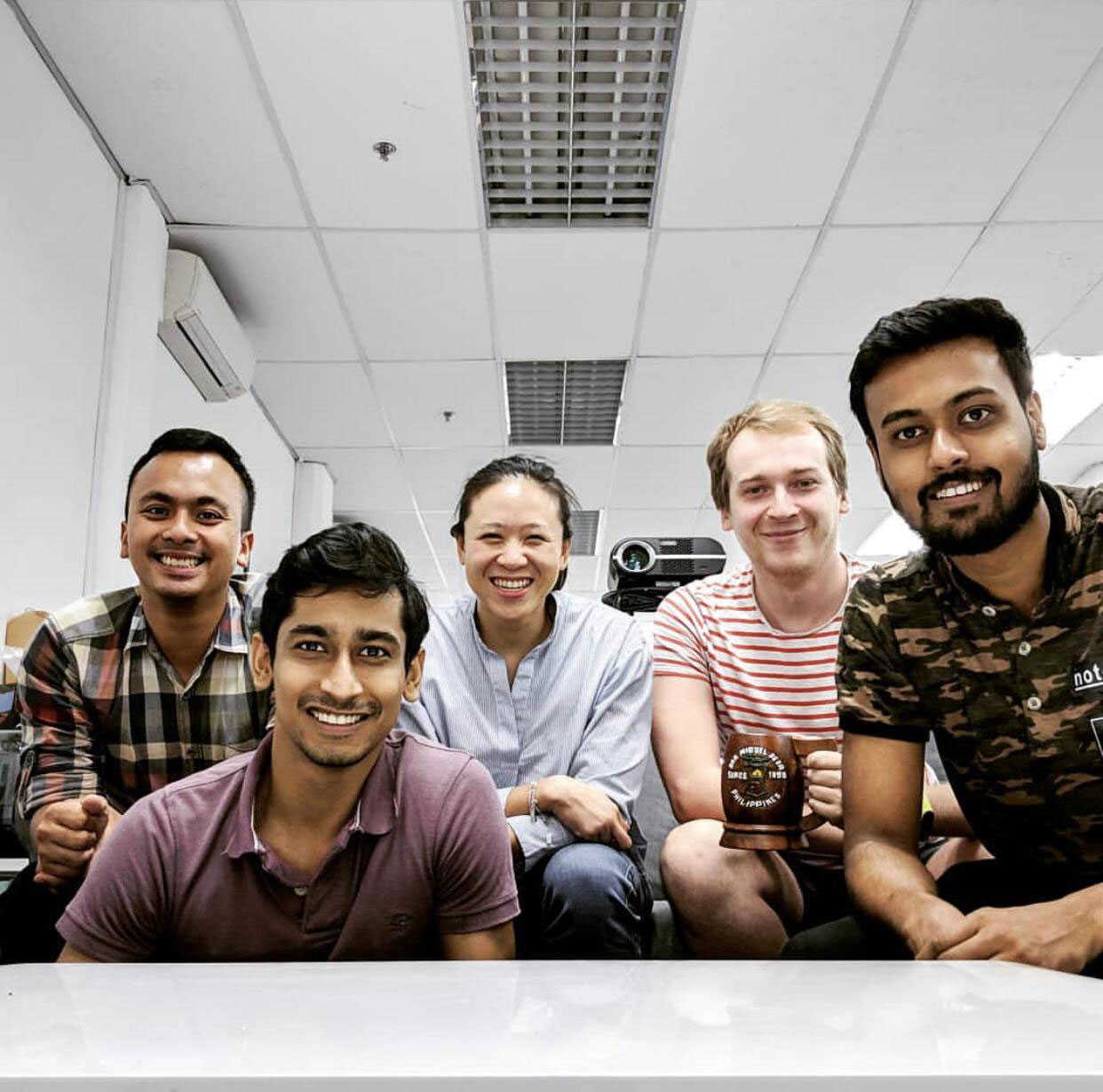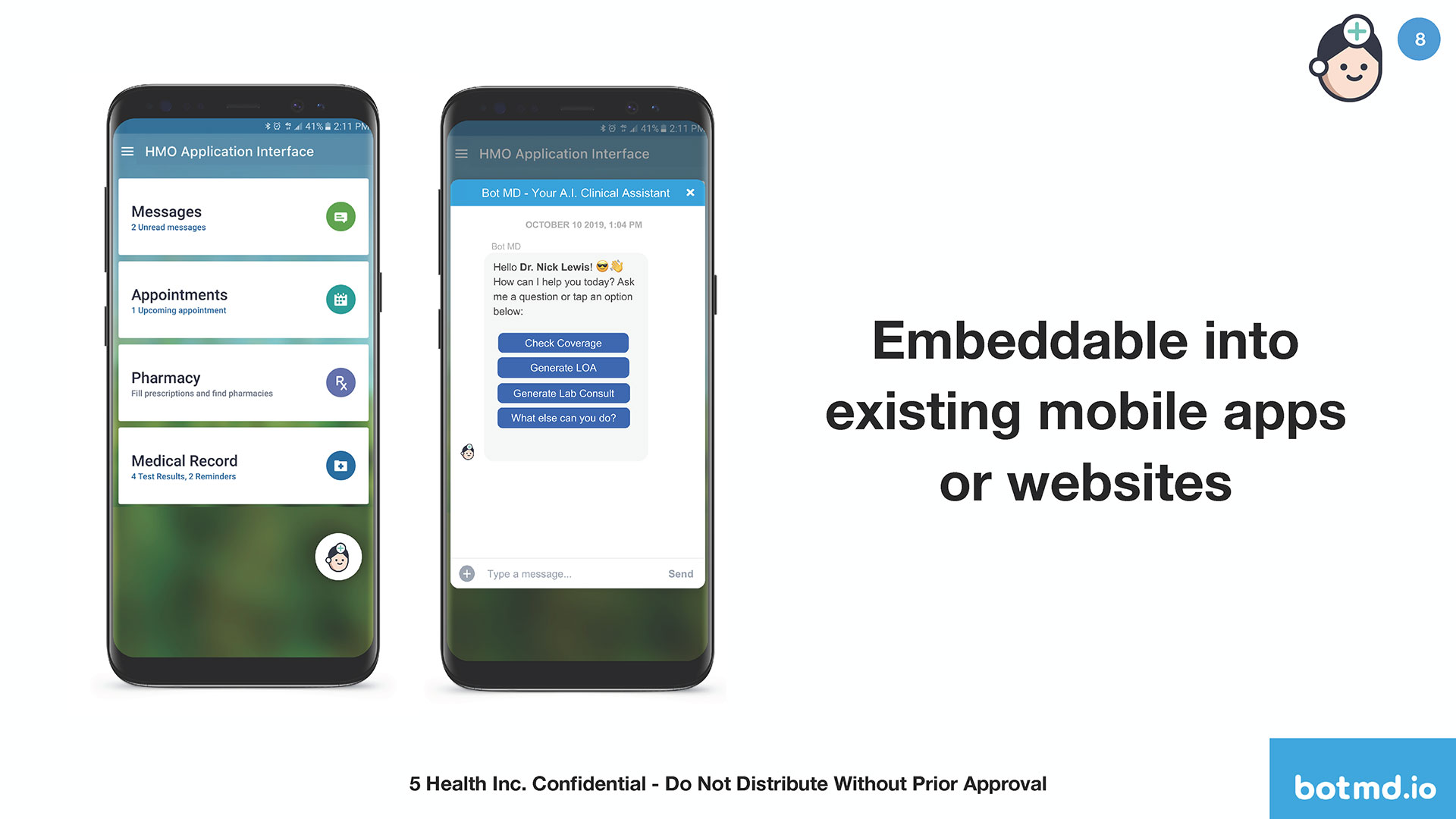Technologies
Bot MD Empowering Doctors through AI Assistance –
An Interview with Dorothea Koh of Bot MD
What is the need you set out to address?
Having worked and lived in several big emerging markets during my career, I’m passionate about wanting to impact healthcare at scale in these large populations. One of the greatest needs I’ve seen in many of these countries, such as China, India, and Indonesia, is that medical knowledge tends to be highly concentrated within urban cities and very hard to disseminate to more rural areas. I believe that keeping physicians up-to-date on their clinical knowledge is crucial to achieving better clinical decisions and higher quality of care for patients. So this is the need we’re tackling at Bot MD.
“I figured it would be a lot easier to scale a solution that could be delivered through a mobile device.”
What key insight was most important to guiding the design of your solution?
When I was traveling and working in these large emerging markets, I was struck by the fact that all the doctors I met usually had more than one smartphone on them, but not always ready access to computers in their hospitals or clinics. For this reason, I figured it would be a lot easier to scale a solution that could be delivered through a mobile device. In addition, my team and I wanted the platform to feel comfortable and approachable. Since most doctors are already used to communicating with one another through chat platforms like WhatsAPP and Telegram, we thought an AI chatbot could be a great way to minimize friction in the user experience.
How does your solution work?
Bot MD is an AI chatbot assistant for doctors. Our AI can be trained on hospital- and institution-specific content to provide instant answers to clinical queries on treatment protocols, clinical guidelines, drugs, clinical calculators, and more. We also offer a function that allows doctors to dictate voice notes while on the go, and Bot MD automatically transcribes the notes for them.
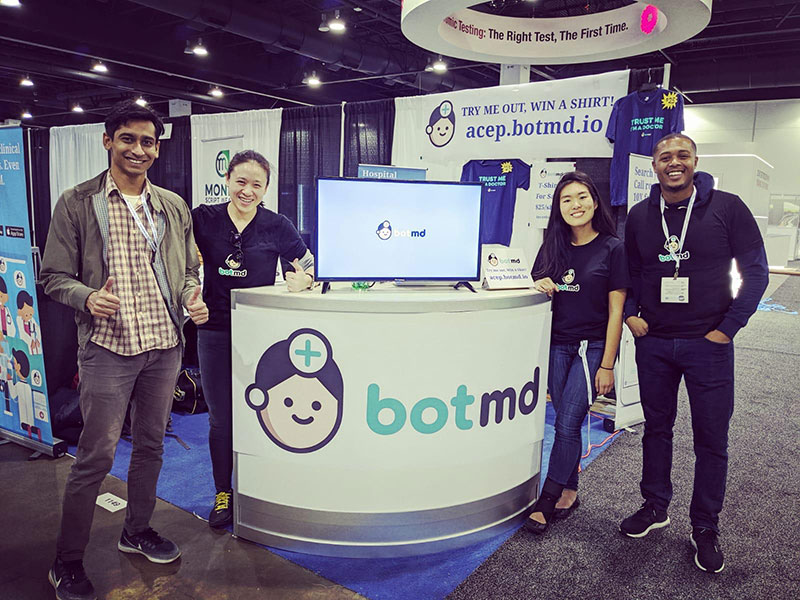 Members of the Bot MD team, including Dorothea Koh (second from left), at a recent event.
Members of the Bot MD team, including Dorothea Koh (second from left), at a recent event.
At what stage of development is the solution?
We launched version 1 of Bot MD in July 2018. Over the last year, we have been used by over 13,000 doctors around the world. We’re currently working on a version that allows hospital institutions to easily add their content for instant search.
 This short promotional video, provided by Bot MD, illustrates how the company's technology is intended to work (see endorsement disclaimer below).
This short promotional video, provided by Bot MD, illustrates how the company's technology is intended to work (see endorsement disclaimer below).
What are your plans for the future?
We’re currently engaged in a number of hospital institution pilots in Asia and the US [including the Stanford Byers Eye Institute] to add hospital-specific content into Bot MD for search . Our hope is that we can continue to drive accelerated impact around the world with our product, especially in major markets like Indonesia, India, Philippines, and the US.
Tell us about a major obstacle you encountered and how you overcame it.
It’s really hard to build a product that doctors love to use! We had to go through so many rounds of user testing and iteration -- I can’t begin to describe how painful it is to watch a user struggle to use an app that I designed without being able to intervene.
“I think I subconsciously apply the Biodesign process to everything I do at Bot MD….”
What role did your Biodesign training play in enabling you to design, develop, and/or implement this solution?
I think I subconsciously apply the Biodesign process to everything I do at Bot MD, starting all the way from needs assessment, to figuring out multiple solutions, prototyping and iterating fast, and figuring out the complex healthcare ecosystem to drive adoption with our physician users.
What advice do you have for other innovators about health technology innovation?
Obsess about building products that users love. And be sure to spend time understanding the healthcare stakeholder landscape to mitigate risks in commercializing your product.
Dorothea Koh completed the Biodesign Fellowship in 2008. She co-founded Bot MD in 2018, where she serves as CEO. To learn more, visit the Bot MD website.
Disclaimer of Endorsement: All references to specific products, companies, or services, including links to external sites, are for educational purposes only and do not constitute or imply an endorsement by the Byers Center for Biodesign or Stanford University.

